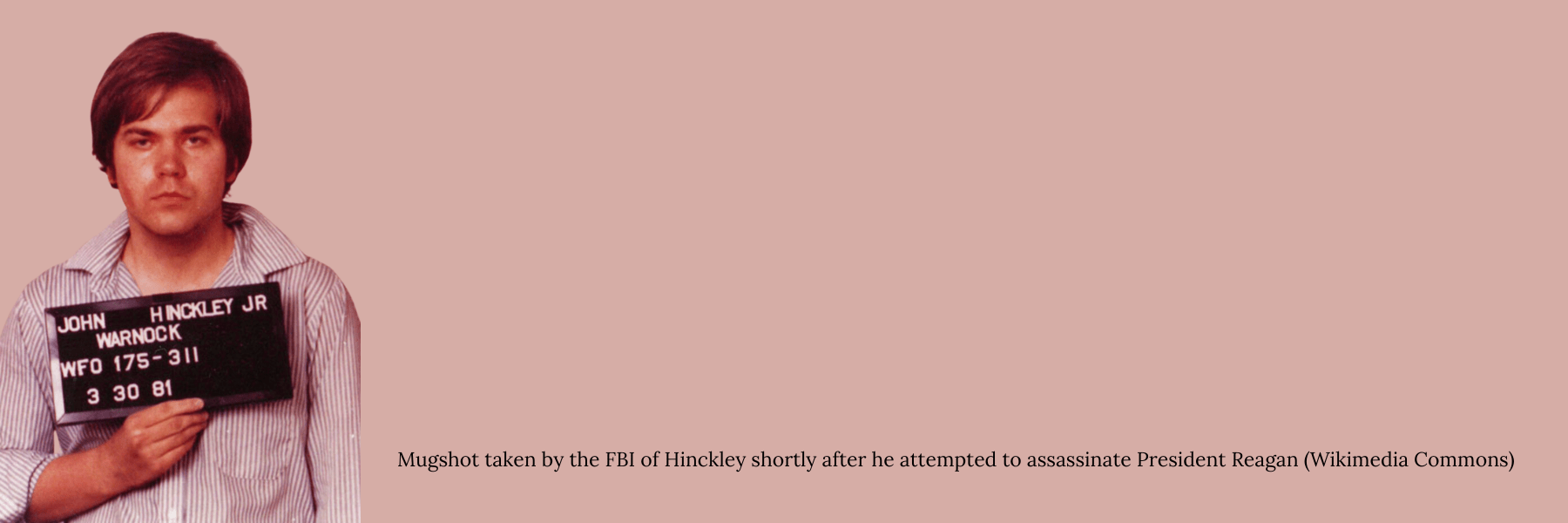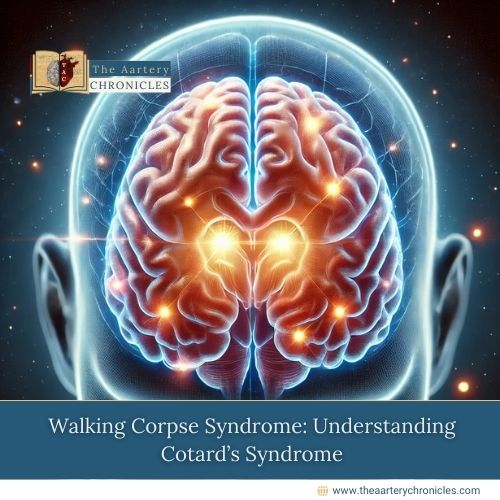

The M'Naghten Rule: A Deep Dive into Insanity Defense
The M’Naghten Rule, also known as the M’Naghten Test or the “right and wrong” test, has remained a cornerstone of the legal system, particularly in the context of the insanity defense. Named after Daniel M’Naghten, whose case led to the formulation of this rule in 1843, it provides the legal criteria for determining a defendant’s sanity at the time of a crime [1].
The Genesis of the M'Naghten Rule
In the early 19th century, Daniel M'Naghten, a Scottish woodworker, assassinated the secretary of the British Prime Minister, Sir Robert Peel, under the delusional belief that Peel was conspiring against him. M'Naghten was put on trial, and his defence attorney argued that he was insane at the time of the crime. This case drew significant attention and raised critical questions about the legal definition of insanity and culpability [2]. The trial resulted in the formulation of what we now know as the M'Naghten Rule. The verdict declared that a defendant could be acquitted by reason of insanity if they were "labouring under such a defect of reason, from the disease of the mind, as not to know the nature and quality of the act he was doing, or if he did know it, that he did not know he was doing what was wrong" [3].
The M'Naghten Rule: A Closer Look
The M’Naghten Rule sets a high threshold for establishing a successful insanity defence. To do so, a defendant must demonstrate that they were suffering from a mental illness at the time of the crime, which resulted in their incapacity to either understand the nature and quality of their actions or appreciate that their actions were morally or legally wrong [4].
This binary approach to the insanity defence has been both praised and criticized. Critics argue that it lacks nuance and may not adequately account for various mental health conditions. It focuses primarily on cognitive aspects of insanity while neglecting emotional or volitional components, such as the inability to control one’s actions. Despite these criticisms, the M’Naghten Rule continues to be influential in many jurisdictions.

Real-World Implications of the M'Naghten Rule
A notable example of the M'Naghten Rule in action is the case of John Hinckley Jr. In 1981, Hinckley attempted to assassinate then-U.S. President Ronald Reagan in an effort to impress the actress Jodie Foster. He was arrested and put on trial, where his defence team argued that he should be found not guilty by reason of insanity [5].
The trial captivated the nation and underscored the complexities and controversies surrounding the M'Naghten Rule. Hinckley was diagnosed with schizophrenia, which met the criteria for mental illness. However, the central question was whether he understood the nature and seriousness of his actions and recognized that they were wrong at the time of the crime.
In the end, the jury found Hinckley not guilty by reason of insanity, demonstrating how the M'Naghten Rule can be applied in practice. This verdict raised public debates on the adequacy of the insanity defence and whether it serves the interests of justice [6].
In our country, the M'Naghten Rule, although primarily associated with English law, has played a role in shaping the insanity defence. A prominent example of the application of this rule in an Indian context is the Nalini Murder Case.
Background
The Nalini Murder Case revolves around the assassination of former Indian Prime Minister Rajiv Gandhi. The assassination took place in 1991 during an election campaign. Nalini Sriharan, one of the accused, played a significant role in the conspiracy.
Insanity Defense and the M'Naghten Rule
During her trial, Nalini Sriharan's defence team raised the issue of her mental state at the time of the assassination. They argued that she was not in a fit mental state to understand the nature and consequences of her actions or to appreciate their wrongfulness, fulfilling the criteria of the M'Naghten Rule. Sriharan was diagnosed with depression and reported experiencing emotional distress during the events leading to the assassination.
Court Verdict
The court conducted and examined the medical and psychiatric evaluations of Nalini Sriharan and considered the M'Naghten Rule. Ultimately, the court found her guilty but mentally ill, indicating that she had a mental disorder at the time of the crime but was not completely devoid of culpability. She was sentenced to life imprisonment.
Implications
The Nalini Murder Case highlights the complex nature of applying the M'Naghten Rule in the Indian legal system. While the rule itself is not an explicit part of Indian law, its influence is seen in cases involving insanity defences. The verdict of "guilty but mentally ill" reflects an attempt to balance accountability and treatment for individuals with mental illnesses involved in criminal activities. It's worth noting that the approach to insanity defence and the criteria used in India may vary from those in countries where the M'Naghten Rule is explicitly followed.
Critiques of the M'Naghten Rule
The M’Naghten Rule often comes with its critics. Many professionals argue that it oversimplifies the complexities of mental illness and does not fully address the full spectrum of psychological conditions that can influence a person’s behaviour [7].
One common critique is that it does not account for volitional impairment. In other words, it focuses on cognitive capacity but does not consider situations where an individual may understand their actions but cannot control them due to a mental disorder [8].
Additionally, the M’Naghten Rule has been criticized for potentially discouraging individuals with mental illnesses from seeking treatment, as they may fear the legal consequences if their condition leads to criminal behavior [9].
Modern Variations and Challenges
Over time, the M’Naghten Rule has evolved and been modified in various jurisdictions. Some jurisdictions have adopted the “irresistible impulse” test, which recognizes cases where defendants knew their actions were wrong but were unable to resist their impulses due to mental illness [10].
Others have moved towards the “guilty but insane” verdict, which acknowledges a defendant’s criminal responsibility but also orders psychiatric treatment. These variations reflect ongoing efforts to strike a balance between accountability and treatment for individuals with mental illnesses who engage in criminal conduct [11].
Conclusion
The M’Naghten Rule, originating from the case of Daniel M’Naghten in the 19th century, remains a fundamental component of the legal system’s approach to the insanity defence. While it provides a clear framework for assessing a defendant’s sanity, it is not without its limitations and criticisms. Real-world cases like that of John Hinckley Jr. have brought the rule into the spotlight, demonstrating its complexities and the need for ongoing discussions on how to best address mental illness within the legal context.
As our understanding of mental health continues to evolve, so too may our legal frameworks. The M’Naghten Rule, in its various forms, will likely continue to adapt and be subject to scrutiny as society seeks to balance justice and compassion in cases involving individuals with mental illness.
Cameron, J. M. (2007). Defining legal insanity: The evolving role of mental illness in criminal trials. In The Past and Future of America's Social Contract (pp. 179-210). Cambridge University Press.
Zilboorg, G., & Henry, G. W. (1941). The M'Naghten Rules and the Problem of Criminal Responsibility. Yale Law Journal, 50(2), 942-960.
House of Lords. (1843). Trial of Daniel M'Naghten. [Trial Transcript]. Retrieved from https://www.oldbaileyonline.org
Perlin, M. L. (2009). Understanding mental illness, mental disability, and insanity: The legal response to the overrepresentation of people with mental disabilities in the criminal justice system. Psychology, Public Policy, and Law, 15(3), 194-231.
Martin, K. D. (1987). United States v. John W. Hinckley, Jr.: The insanity defense and the verdict in the shooting of President Reagan. American Journal of Psychiatry, 144(7), 871-877.
Bonnie, R. J. (1984). The John Hinckley case: On the insanity defense. New England Journal of Medicine, 311(7), 465-469.
Morse, S. J. (2008). Excusing the crazy: The insanity defense reconsidered. Wake Forest Law Review, 43(4), 741-760.
Gardner, J. W. (2000). Insanity defense reform and mental illness reconsidered. North Carolina Law Review, 78, 779-822.
Appelbaum, P. S., & Gutheil, T. G. (1991). Clinical Handbook of Psychiatry and the Law (Vol. 2). American Psychiatric Pub.
Brawner, C. (1981). Insanity defense in Virginia: Irresistible impulse test. University of Richmond Law Review, 16, 449-485.
Alexander, R. C. (1971). The guilty but mentally ill verdict: An analysis of a legislative response to the insanity defense. University of Pittsburgh Law Review, 33(3), 651-706.
- "Rajiv Gandhi assassination: Nalini's parole extended to November 23." The Times of India. Link
- "When the Rajiv Gandhi assassination case tore AIADMK asunder." The New Indian Express. Link
- "Nalini Sriharan vs State By Inspector Of Police on 11 May 1999." Indian Kanoon. Link
- "Guilty but mentally ill: A controversial verdict." The Times of India. Link
- Dr. Darshit Patel
- Crime Insights,Medicine and Diseases,Mental Health | Psychology
- 13 October 2023
- 11:00








